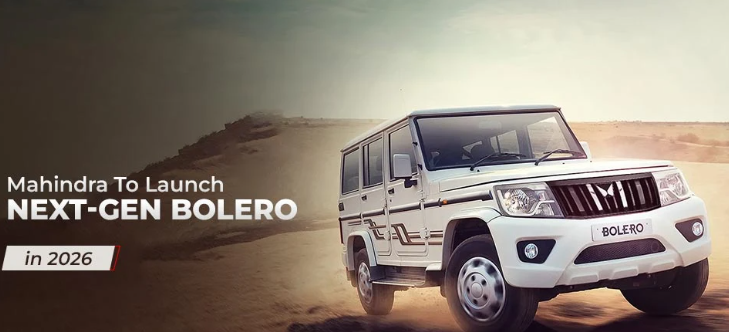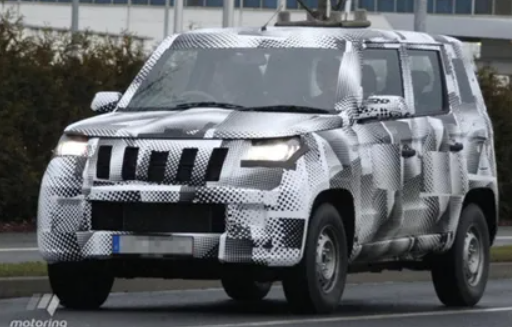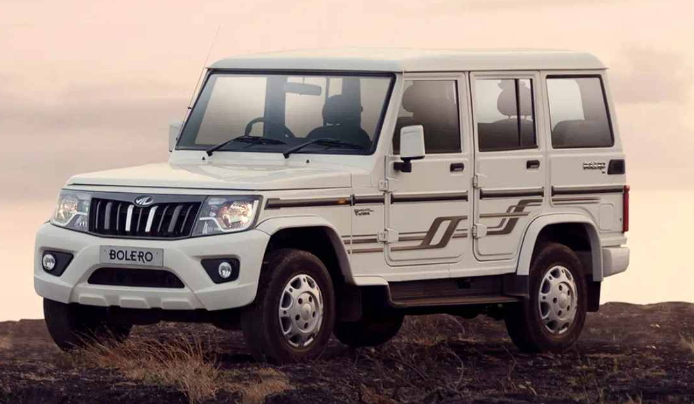Next Gen Mahindra Bolero in the Making which will be built on an entirely new platform, codenamed U171, a testament to Mahindra’s dedication
The U171 Platform
The development of the U171 platform represents a significant investment of over Rs 2,000 crore. This new architecture will not only be the backbone of the next-gen Bolero but will also serve as the foundation for three new SUVs in Mahindra’s lineup.

The company envisions annual sales of approximately 1.5 lakh units from these SUVs, with volumes expected to soar further when pickups based on the U171 platform hit the market.
New Bolero Market Strategy
Despite the evolving automotive landscape, Mahindra recognizes the enduring appeal of the Bolero brand, especially in smaller towns and cities. The Bolero family, consisting of the Bolero Classic and Bolero Neo SUVs, along with a robust pickup range, contributes around 20% to Mahindra’s overall sales. The upcoming Bolero, set to debut in 2026-2027, aims to enhance the brand’s legacy by offering an improved overall experience.

Urban-Suburban Divide
While urban consumers gravitate towards newer models like the Scorpio N, XUV700, and Thar, the Mahindra Bolero maintains its stronghold in suburban and rural markets.
The Bolero pickups alone command an impressive market share of over 60% in the pickup truck segment, showcasing Mahindra’s dominance in this category.
ICE vs. EV
Despite Mahindra’s foray into the electric vehicle segment, the ICE range is projected to remain the primary revenue generator until at least 2030. The company anticipates that over the next 3-5 years, EV sales may constitute around 30% of the overall sales, leaving a substantial 70% share for ICE SUVs. Presently, only 1% of Mahindra’s bookings are for EVs, with the XUV400 leading the charge.

Transition Challenges and Strategic Plans
Navigating the transition from ICE to EVs poses challenges, but Mahindra is strategically positioned to tackle them head-on. The company plans to maintain a seamless balance between both portfolios for several years. Initiatives such as developing fungible manufacturing capacities are underway to optimize costs and allocate production resources efficiently.

